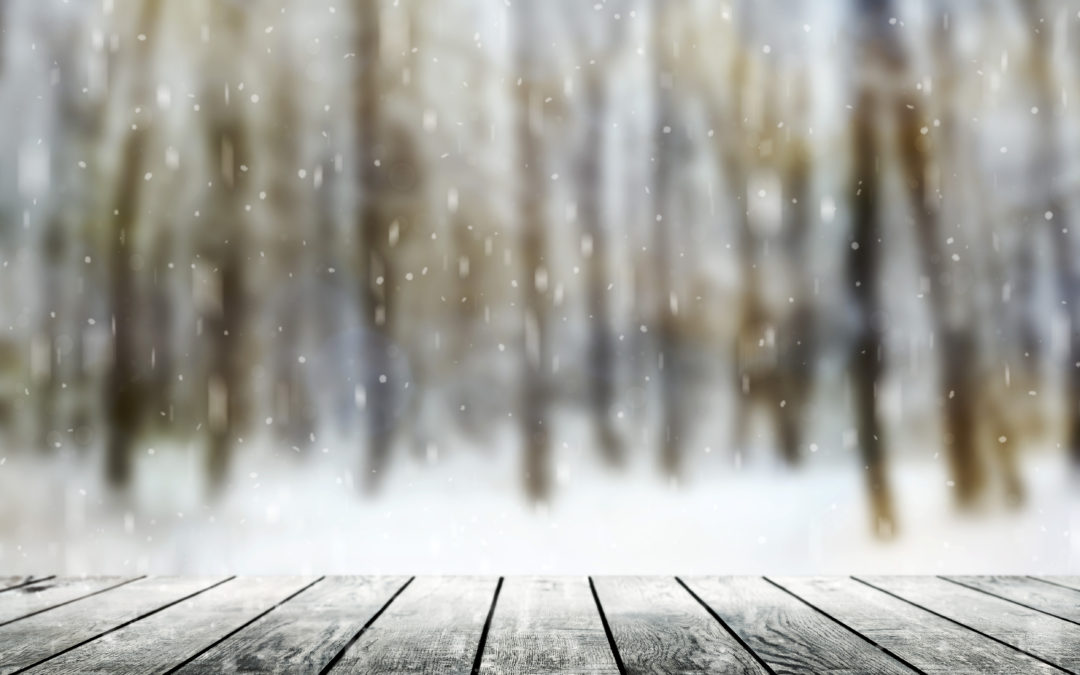By Matt Keppel
There’s a chill in the air and many of us are looking forward to, among other things, enjoying movie classics like, “A Christmas Story” this holiday season. The cooler weather doesn’t necessarily mean you can skip out on the landscaping. My article this month, though not exactly entertaining, should be very informative and helpful to you. So, while I triple-dog-dare Jimmy Cordier at Pinon Painting to stick his tongue on the flagpole over at Gateway Mall, please read the rest of my article on appropriate care of both your landscape and hardscape for December and January.
Leafless and brown
doesn’t mean dead
Most deciduous plants and trees are dormant this time of year, which makes it an ideal time for winter pruning. With normal foliage gone, it’s much easier to see a plant’s shape and remove overgrowths and damaged or diseased branches—allowing for greater light and oxygen penetration that will help maintain its beautiful silhouette. Deciduous trees here in Yavapai County include maple, mulberry, elm, ash, willow, plum and other stone fruits. December and January are also good months to transplant deciduous trees and shrubs.
Weed abatement or pre-emergent treatments should be started in December or January, as well. Pre-emergent is not a one treatment cure-all for our persistent weeds. It is, in fact, a program of treatment that will take up to a year to truly make headway. Weed seeds are always germinating below the surface at different intervals. Apply pre-emergent in the first month, then come back with weed killer at eight and 16 weeks, then back at approximately 24 weeks with another pre-emergent treatment – and so on and so forth. What you’re doing is killing the weed seeds as they’re germinating at different intervals, thereby killing more before they emerge to decorate your landscape. A simplistic explanation I know, but relatively accurate.
So, clean out those beds, spread clean mulch, and finally, be sure to protect your frost-sensitive plants by covering them. If they’re in containers, move them to a more protected location and cover them.
Winter leaves its mark
As I mentioned in my last article, be sure those irrigation and sprinkler lines are properly drained; when water freezes inside the lines, it expands, causing them to crack. Down in the Valley, a common problem is sprinkler lines are buried too close to the surface where those pizza oven temperatures dry and crack the pipes. Here we see cracked and broken lines due to cold. But the real issue is that sprinkler/irrigation PVC lines are not always installed at the proper depth, leaving them vulnerable to temperature highs and lows. The depth of these lines should be 10-12” so they are protected from weather extremes. Also, be sure to drain and insulate the manifold as it is constructed of PVC as well. Yours may be fine, but draining the lines is a smart preventative measure.
Winter effects on walkways,
patios and driveways
Pavers are very popular for several reasons, not the least of which is the great look you achieve on driveways, walkways, and patios. In winter, the advantage of pavers versus concrete slabs is most noticeable when considering the after-effects of de-icing.
First, I’ll give you a quick rundown on pavers in general.
Most pavers are made of brick or concrete. Bricks are made from clay that’s formed into shape (mostly rectangular) and cured by baking in a kiln (like pottery) and can last for generations. Interlocking concrete pavers contain sand, gravel, cement, and water, and they can be tinted and shaped to look like brick or a large variety of other shapes and colors. Bricks retain their natural coloring better than concrete pavers, last longer, and require less maintenance. However, they cost as much as 20 percent more than concrete. Concrete pavers offer far more design and color options and are easier to install.
In comparison to poured concrete, concrete pavers are more resistant to moisture absorption (melted salt water from de-icing) and subsequent degradation because of their higher cement content (ratio of cement to other ingredients). Regardless of whether you have poured or paver hardscapes, I have a couple of recommendations:
There are debates as to which de-icing salt product is the least destructive, but the bottom line is to use it sparingly; just enough to get the job done. Then as soon as possible (once the snow has melted, usually within a day or two in our area), sweep or hose the surfaces clean, not into your nearby plants or lawn. Also, you can seal your hardscapes to minimize damage to structure and appearance over time. BASF’s MasterProtect H 400 is a water-based, 40% silane penetrating sealer. It provides long-lasting protection against moisture intrusion, freeze and thaw cycles, and chloride intrusion (de-icing salts).
From my family to yours, Happy Holidays and many blessings in the coming year! For more information visit Guardian Landscape at www.guardianlandscape.com or call (928) 379-0063

